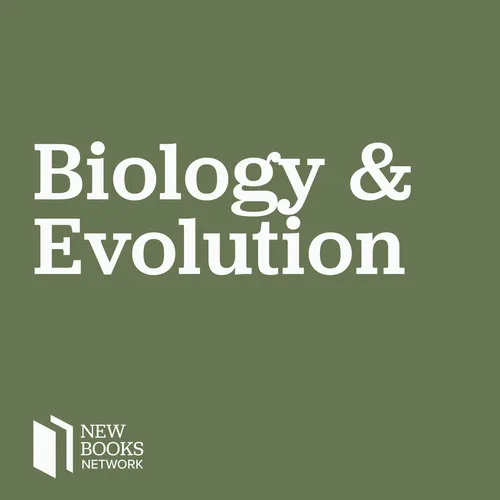Stefanos Geroulanos and Todd Meyers, "The Human Body in the Age of Catastrophe: Brittleness, Integration, Science, and the Great War" (U Chicago Press, 2018)
- Author
- New Books Network
- Published
- Wed 28 Nov 2018
- Episode Link
- None
The prologue to The Human Body in the Age of Catastrophe: Brittleness, Integration, Science, and the Great War (University of Chicago Press, 2018) begins by provocatively invoking a question American physiologist Walter Cannon first asked in 1926: “Why don’t we die daily?” In the erudite chapters that follow, Stefanos Geroulanos and Todd Meyers explore how practitioners and theorists working during and after World War I tried to answer that very thorny problem in light of the challenges of wound shock. This functional disorder demanded that doctors, surgeons, and physiologists account for two medical realities: first, that wound shock was a whole-body, multi-systemic response to trauma; and second, that a fairly homogenous group—namely the young, male soldier-patient—responded to wound shock in highly variable and individuals ways. Whereas the historiography of World War I and trauma has largely focused on psychopathological models, Geroulanos and Meyers illuminate how the work of Henry Head, Réné Leriche, Kurt Goldstein and others enacted a wholesale transformation of the concept of the individual, one that would define medico-physiological individuality as an integrated and indivisible body, but one constantly on “the verge of collapse.”
Learn more about your ad choices. Visit megaphone.fm/adchoices
